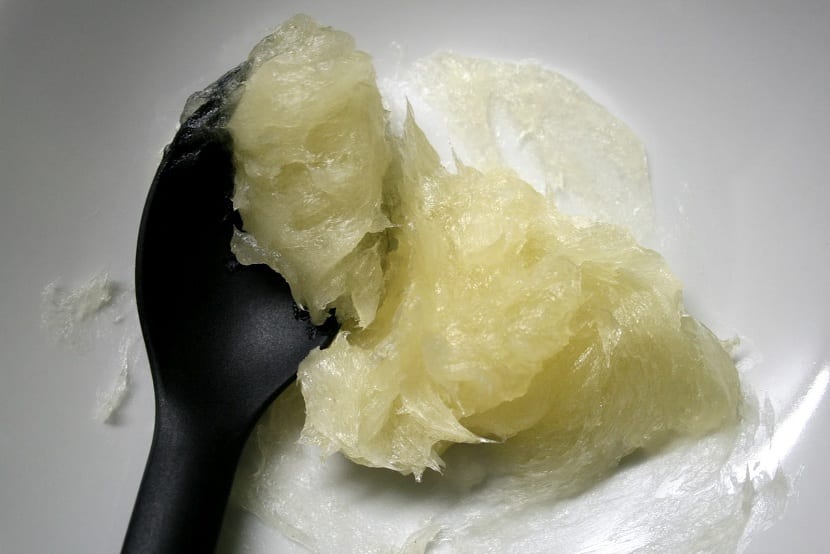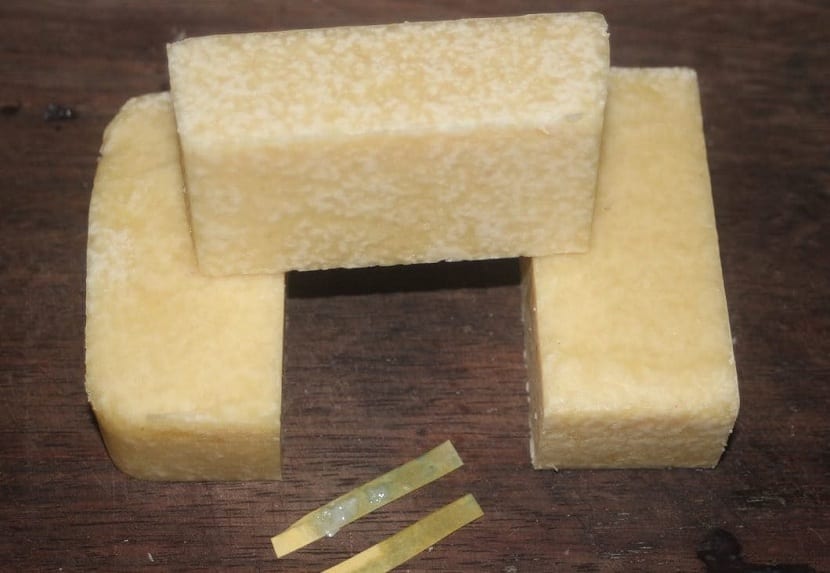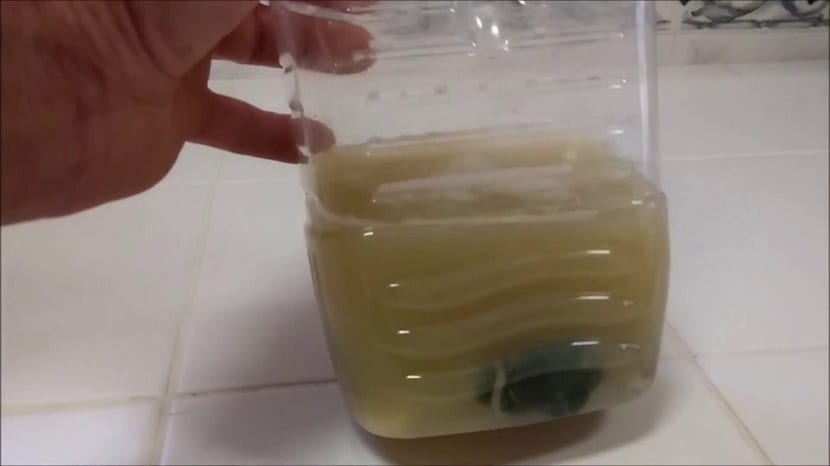
Many gardening enthusiasts end up failing plant care for various reasons. Some do not know well the care that certain plants need. Others use artificial chemicals to care for plants. For example, there are fertilizers and other products that help prevent pests and diseases. In order to improve our health and that of our plants, we will use a very good natural product. We refer to potassium soap. It is a natural product that is used to care for plants, but you have to know how to use it.
In this article we are going to teach you how to make homemade potassium soap and learn how you should use it to get the most out of it.
What is potassium soap

Many people are increasingly opting for natural products to treat plants and prevent pests or diseases. In the case of potassium soap, even if it is a natural product, We should not trust ourselves and we have to learn the necessary doses and how to use it. If you do it right, your plants will thank you.
It is a product that is obtained through the reaction of the saponification process. This process occurs when potassium hydroxide reacts with oil and water. It is a totally natural and ecological product. Normally, the ecological and natural is labeled as being less efficient than chemicals that have been created artificially and specifically for a specific task. However, in this case, we find a high effectiveness to eliminate pests in plants and help prevent them.
Depending on the type of species we have in the garden, the plant is likely to be more susceptible to being attacked by different pests and diseases. If we do not fully know the characteristics of the plant, we can prevent with potassium soap. The composition of said soap is water, vegetable oil and potassium hydroxide.
The most widespread use of this product is to control plant pests and improve plant health. It is especially effective with frequent garden pests such as aphids, mealybugs, whiteflies, etc. Even against fungi it comes in handy. Fungi usually come out when a plant is not very resistant to humidity and, if we want to sometimes, we expose it to quite high humidity conditions.
How to make homemade potassium soap

In order to successfully eliminate all these pests and without the use of artificial chemical pesticides, we are going to explain step by step how you should make homemade potassium soap. The simplest thing is that you simply follow the steps without any further complications. If you keep up, it shouldn't cause any problems and you'll quickly learn how to do it more times.
We start first by describing the materials you will need. The first thing is protection. To make potassium soap, we have to protect our face and eyes well to avoid any splashes to our skin that could harm us. To do this, we will use rubber gloves and safety glasses.
To have an adequate and accurate count of the materials with which we will create the potassium soap, we will need a kitchen scale, preferably digital. A blender will be necessary to make the mixture and, to store the soap once it is made, we will need plastic, glass or stainless steel containers.
Protection is absolutely necessary. During the chemical reaction between potash and water, some splashes can happen that damage the skin and injure us in the most sensitive parts. The eyes are the most sensitive part and we do not want to damage it. Therefore, the protective glasses will keep us safe.
Once the product is finished, there is nothing to worry about because it is not aggressive or harmful to the skin and much less to the plants. As for the ingredients we will need:
- 120 g of vegetable oil (olive, sunflower, corn or canola oil)
- 20 g of potassium hydroxide (KOH)
- 20 g of water
Steps to follow

We are going to describe step by step what you have to do.
- The first thing is to put on the protection. Put on your gloves and goggles to be provided.
- Mix the potash with the water and stir everything. This will cause the product to start to rise in temperature as it reacts.
- Use another container to pour the vegetable oil and you heat it in a water bath. Just a few minutes is enough to heat it up. Once these minutes have passed, remove it from the heat.
- When both products are at room temperature, mix them together in a bowl. You will see that when the mixture becomes homogeneous, it will acquire a darker color. Shake it so that it is even and then whisk it all together. Beating it for about 3 minutes is enough.
- Once you are done, Let the mixture rest for 10-15 minutes and beat it again for another 3 minutes. This must be repeated as many times as necessary until it has the desired texture. Also think that, later, when you want to use it with plants, you will have to dilute it in water.
- For its conservation, it is best to store it in one of the containers that you used to make the mixture. If you want another container, use a plastic one like a bottle or glass.
How to use it

Now, the most important thing is that you learn how to use it and the doses you have to use. To be effective on plants, you will have to make sure they cover the entire plant. It is necessary to insist on the areas that have the highest concentration of the pest and in which they seem weakest.
As soon as the insects come into contact with the potassium soap, they will die. The dose is quite variable depending on various factors. If what you want is to eliminate the species of the affected plant, the dose is 1% or 2% in water. Once mixed, it is best to spray the plant with the water and the mixture.
I hope that with these tips you can know how to make your own homemade potassium soap and learn how to use it, taking good care of your plants. Remember that a natural product will always be better for your plants.